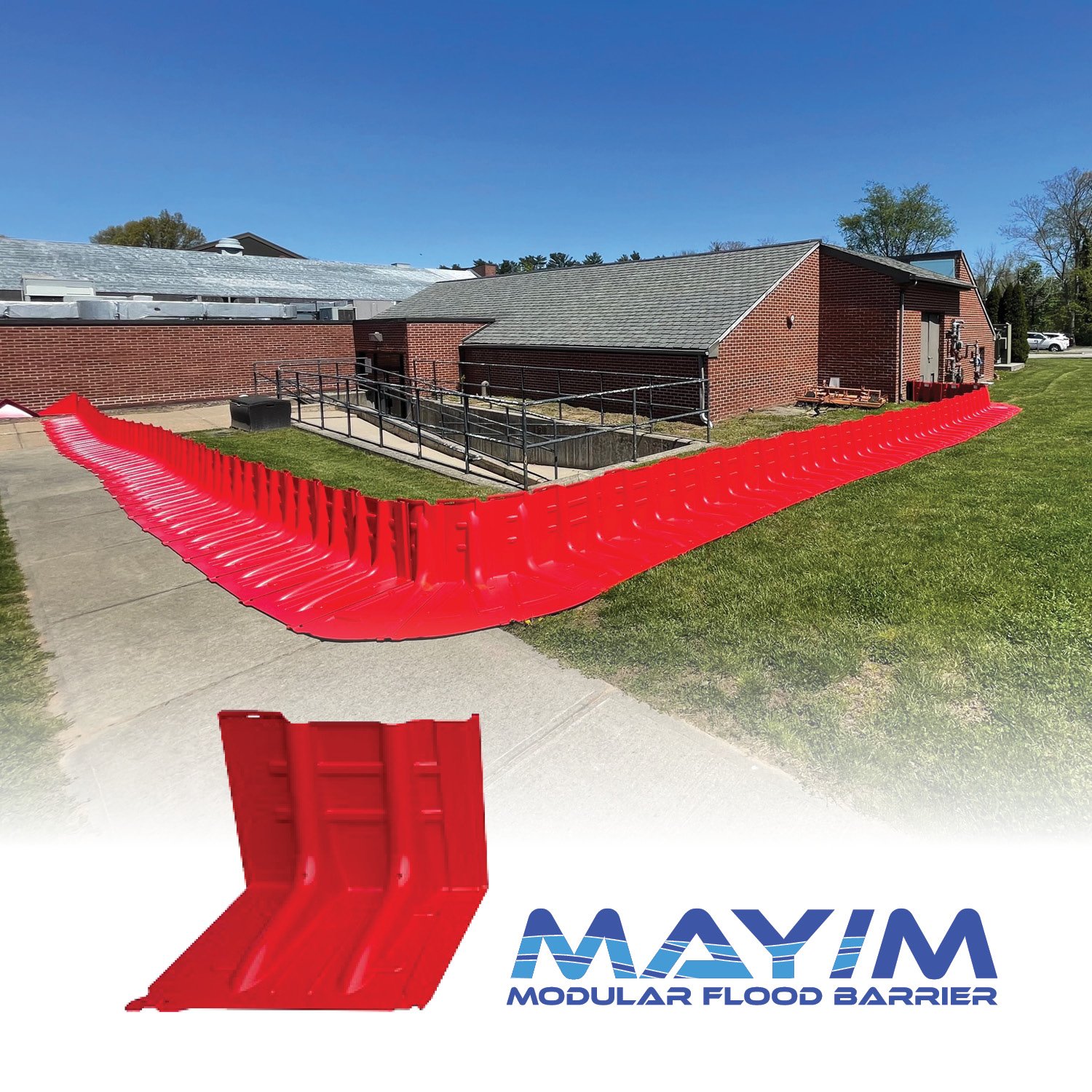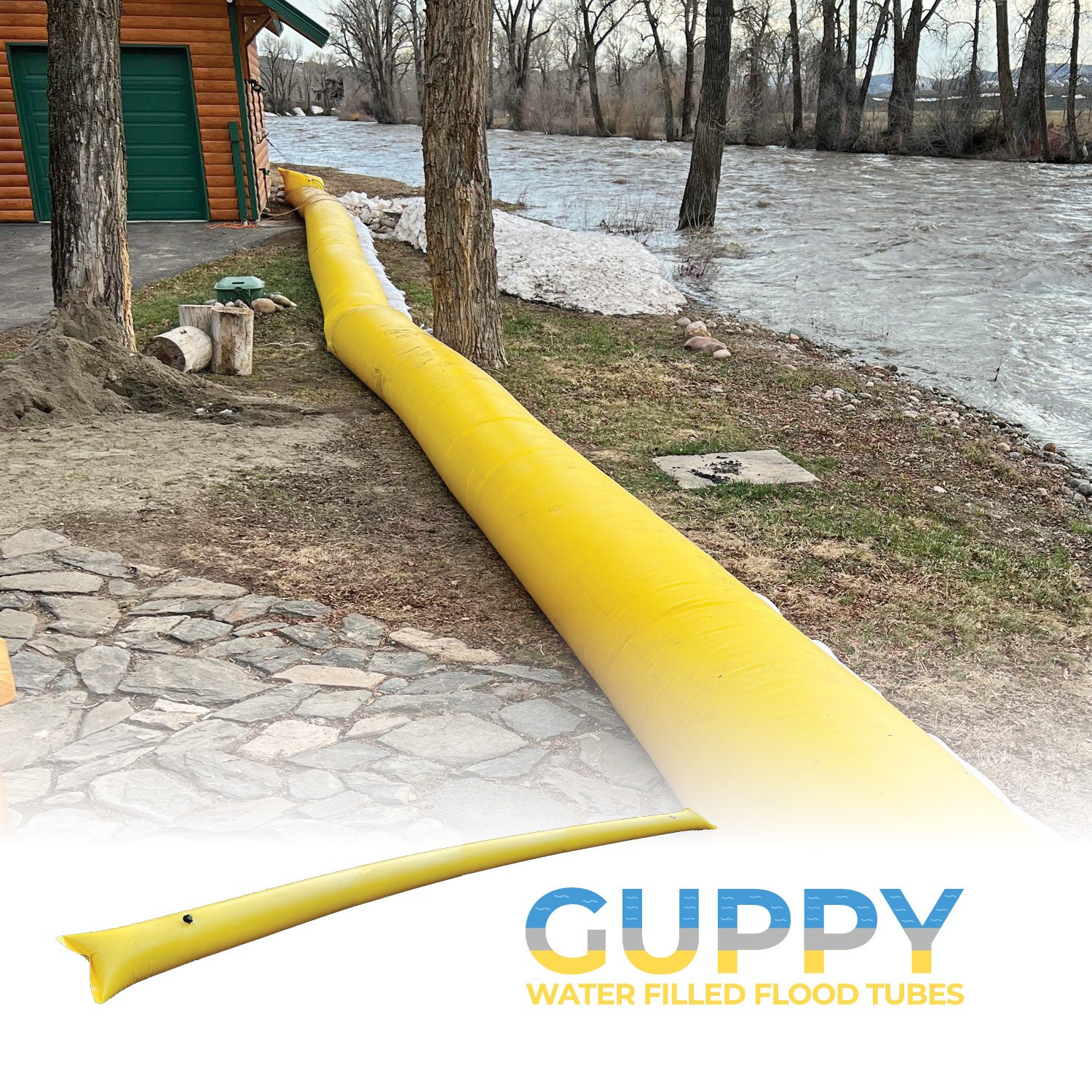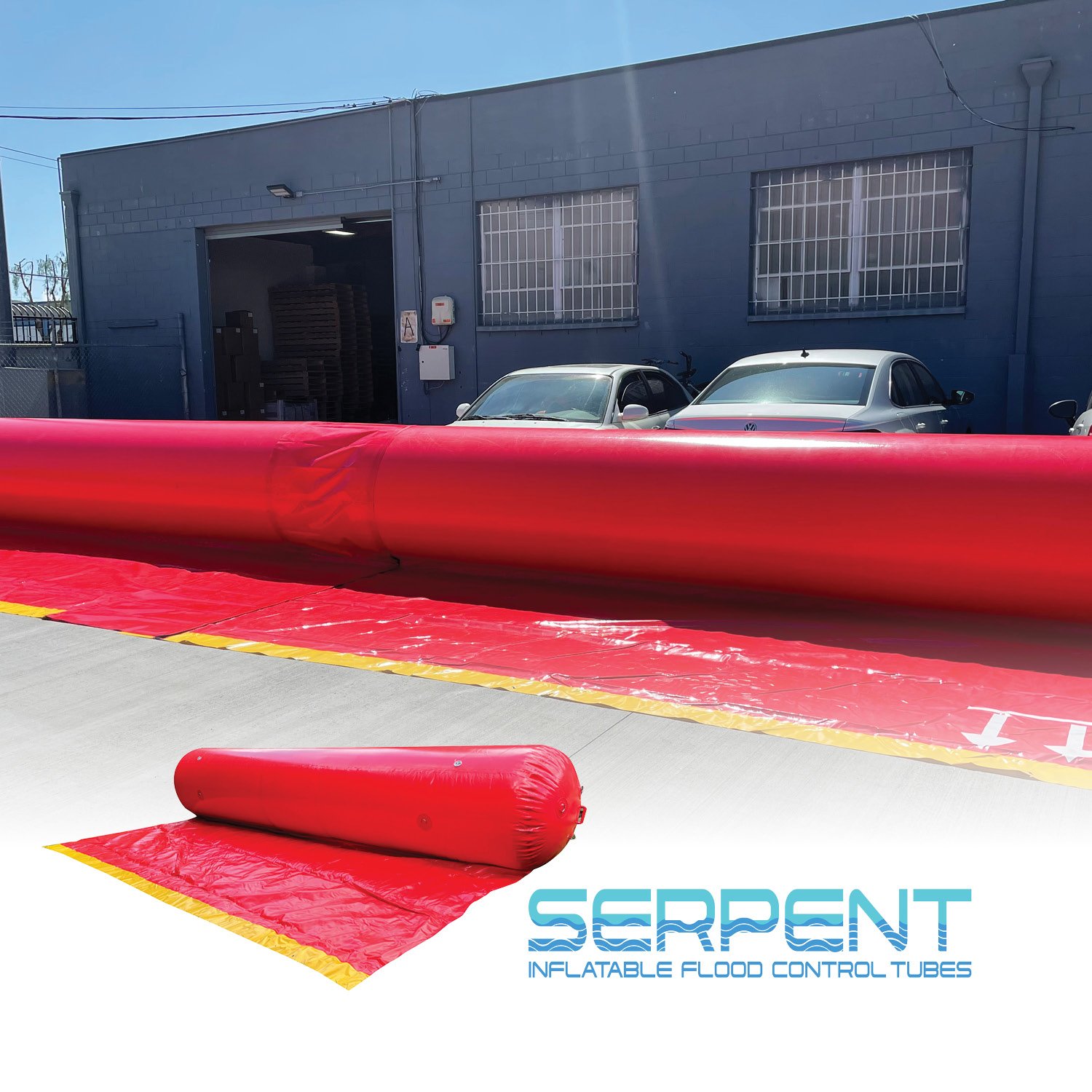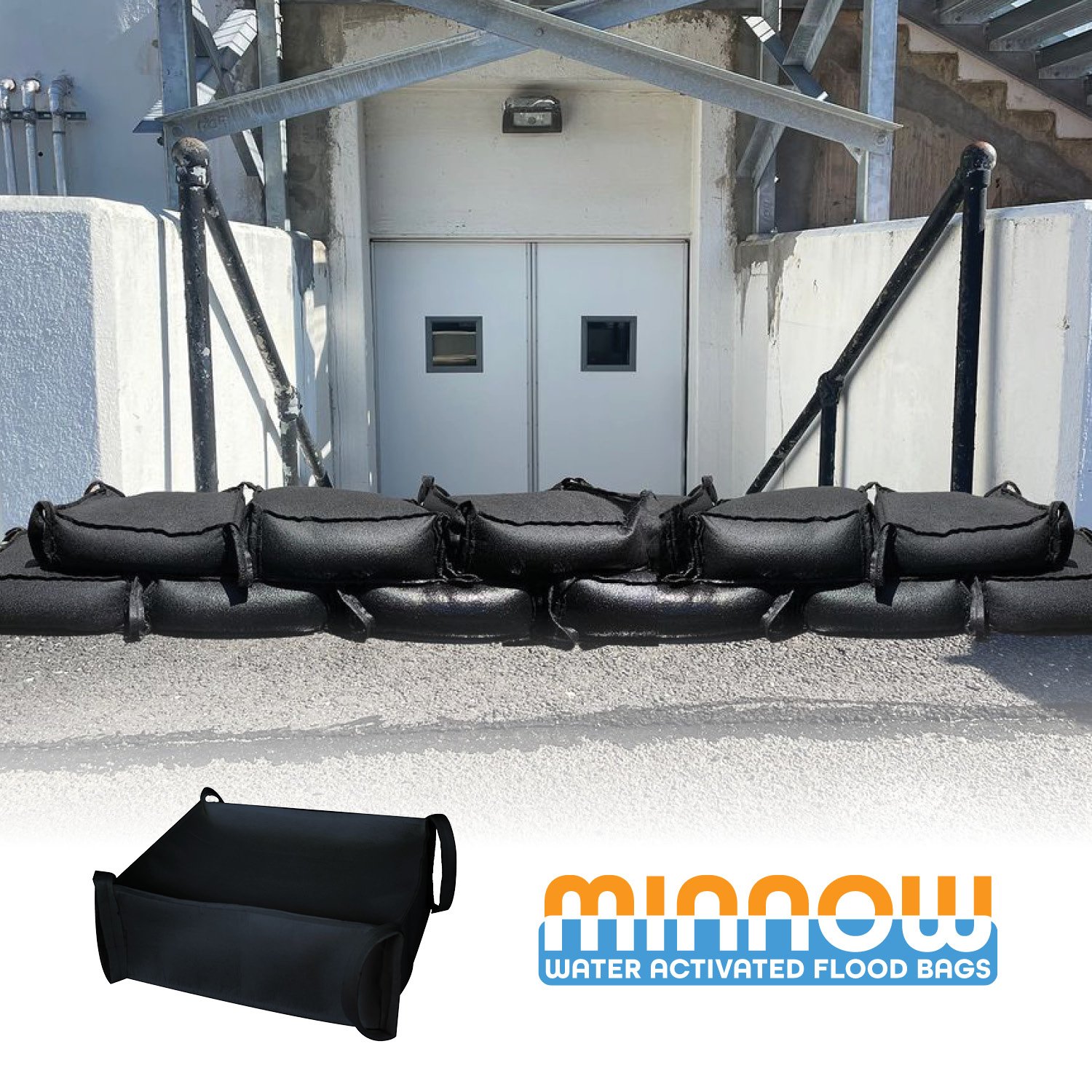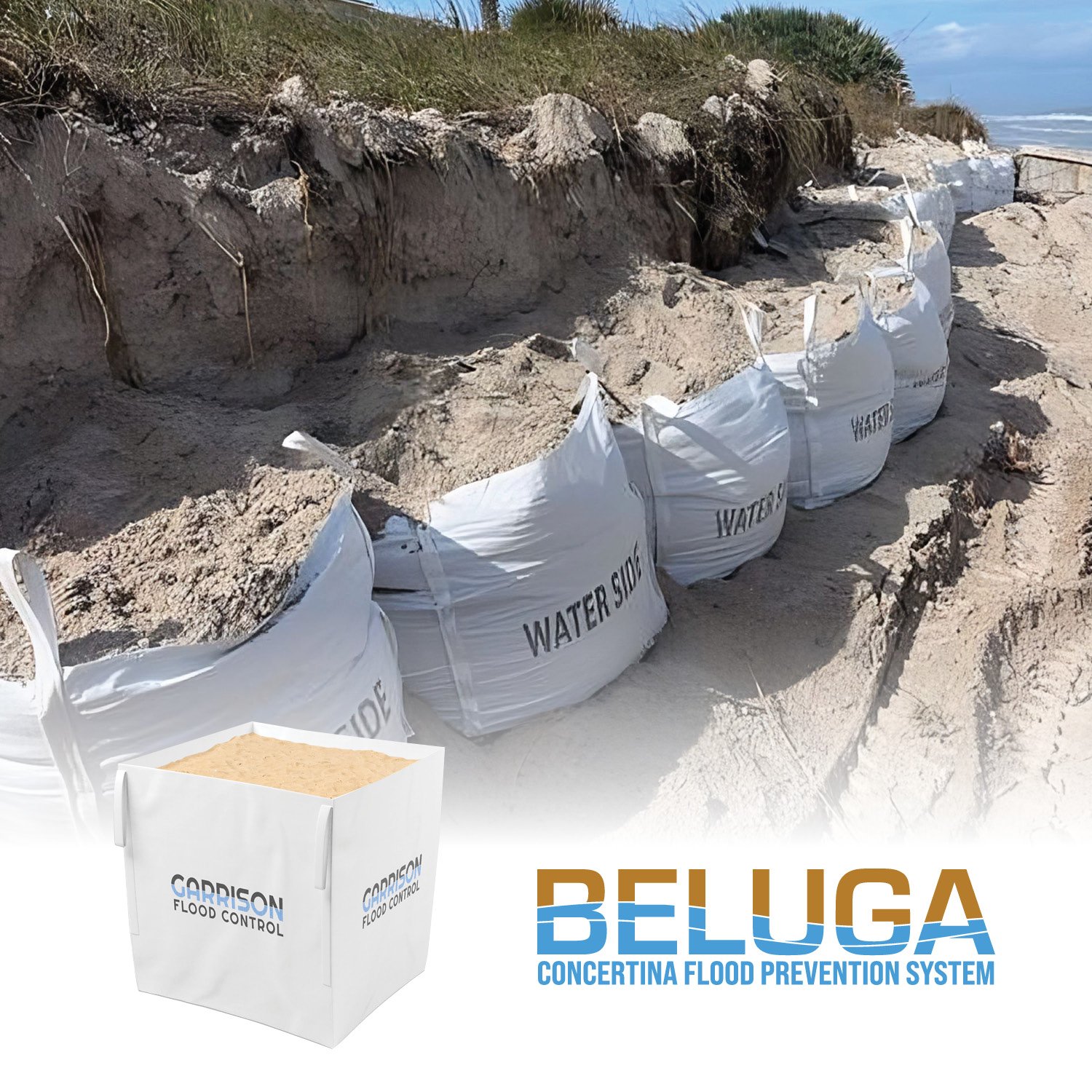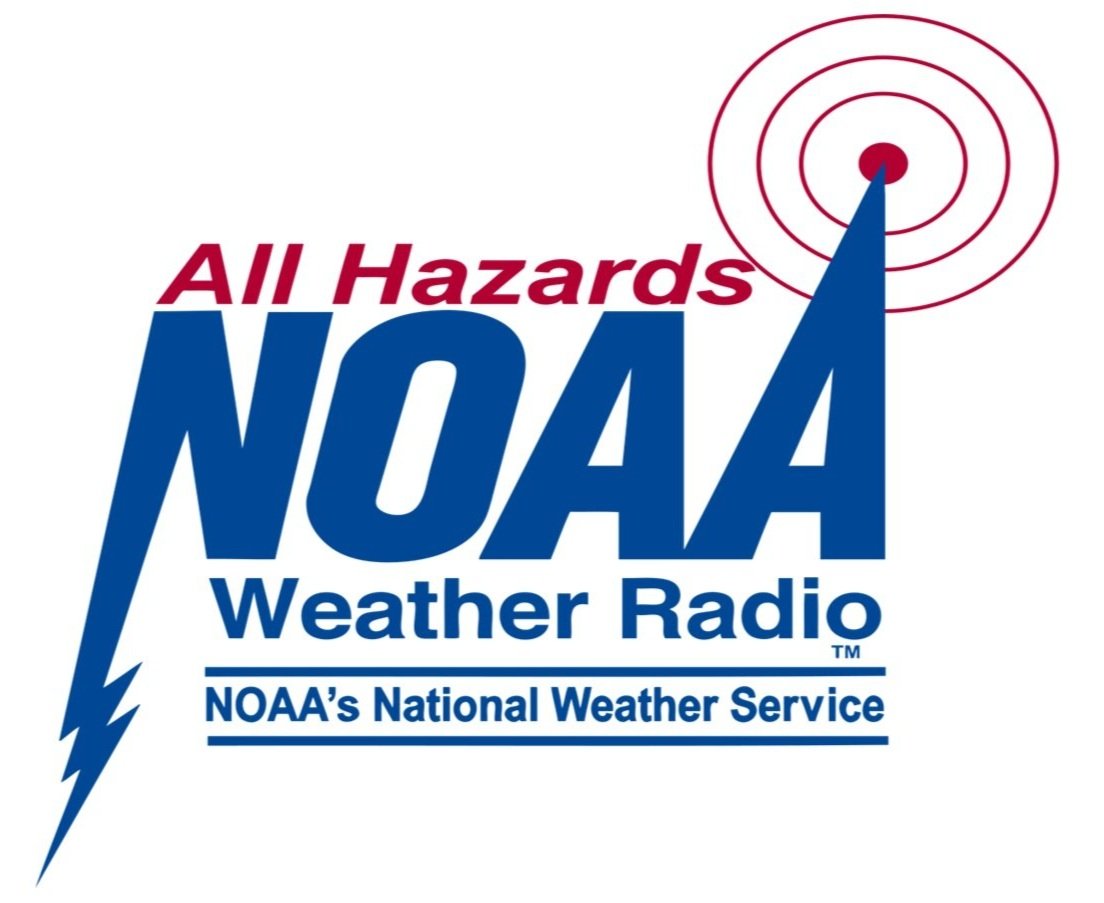Flooding 101: A Complete Guide to Preparedness
Flooding is a natural disaster that happen suddenly and leaves severe damage in its wake. It is vital to be prepared before disaster strikes, as flooding can cause significant harm to people and costly damages to property. We will cover everything you need to know about flooding from understanding what causes floods and the different types of floods, to how you can prepare for them.
Understanding Flood Events
Flash flooding can be caused by heavy rainfall, dam or levee failures, and other factors. The impact of severe weather can be devastating and lead to loss of life and property damage. It is crucial to have evacuation routes planned out in advance to ensure the safety of yourself and your loved ones.
Being prepared for floods involves having supplies like food, water, and first aid kits on hand, as well as understanding how to turn off utilities and secure your home. Additionally, being prepared for potential flooding involves you utilizing the most innovative flood protection products and solutions available.
What Causes Flooding?
Flooding can be caused by various factors, including heavy rainfall, rapid snowmelt, the overflow of rivers and streams, topography, soil conditions, and urbanization. Human activities such as deforestation and improper land use also play a significant role in exacerbating flooding.
Climate change has led to an increase in the frequency and severity of floods worldwide. Furthermore, outdated infrastructure and drainage systems contribute significantly to flood risks.
To mitigate the effects of flooding, it is essential to implement the proper emergency plan and have the most optimal flood solutions on hand and ready to deploy.
Different Types of Flooding
Flooding can occur due to various reasons, and it is crucial to understand the differences between them.
River Flooding is caused by rising water levels, leading to overflowing riverbanks.
Coastal Flooding happens when ocean waves, storm surges, or high tides inundate coastal areas.
Flash Flooding occurs due to rapid, severe and intense rainfall.
Urban Flooding results from inadequate drainage systems in cities and communities.
Groundwater Inland Flooding happens when the water table rises and floods the land surface.
It is essential to be aware of these types of floods as each requires a different approach to mitigate its impact. Effective measures can help reduce the risk of damage caused by floods and save lives.
Some actionable measures to combat flooding include building flood walls or levees along rivers and coasts, utilizing portable flood barriers, improving drainage systems in urban areas, and creating natural buffers like wetlands and floodplains that can absorb excess water during heavy rains.
How to Prepare for Flooding
Floods can cause immense damage to homes and properties, and it is essential to be prepared for such an event to occur. Creating an emergency plan that outlines evacuation routes, shelter locations, and important phone numbers is crucial. It is also recommended to monitor local and national weather alerts and stay informed about the latest updates from local authorities.
Securing valuables like important documents, photographs, and electronics in waterproof containers or high shelves can help prevent irreparable loss. Throughout the creation of your emergency plan is the task of identifying vulnerable flood prone areas of a property and securing and safeguarding those areas with the best flood protection product for that specific location.
Lastly, being aware of community resources like emergency shelters, food banks, and aid organizations can provide additional support during a flood. Having flood insurance is another critical aspect of protecting your home and assets from potential damage caused by floods. Understanding your level of flood risk and obtaining adequate insurance coverage can mitigate the financial burden of flood-related losses.
Creating a Safety Plan
Creating a thorough emergency plan with your family is crucial to ensure everyone's safety during an emergency. This includes identifying communication methods and rendezvous points, as well as understanding evacuation procedures, shelter locations, and emergency contacts. It is also important to prepare an emergency kit with necessary supplies, medications, and important documents.
During a flood, it is essential to have a designated meeting place and a plan for pets. Staying informed about community emergency alerts, notifications, and evacuation orders can also help in making timely decisions and taking appropriate actions. It is recommended to have a battery-powered radio or mobile devices with backup batteries to stay updated on the latest news.
Furthermore, regularly reviewing and updating your emergency plan can ensure that everyone is aware of any changes or updates. Conducting practice drills can also help in preparing for emergencies and ensuring that everyone knows what to do in case of an actual event. By being proactive and prepared, you can minimize risk and protect yourself and your loved ones during an emergency situation.
Preparing Your Home or Business
Minimizing flood damage requires a proactive approach that involves taking various preventive measures. Elevating utilities and appliances can help protect them from water damage, while installing flood barriers and clearing gutters can prevent water from entering your property. Proper landscaping can also help divert water away from your home or business.
It is important to evaluate areas in your property that are prone to flooding and take necessary measures such as installing sump pumps or raising the elevation of the foundation. In addition, it is advisable to have an emergency plan in place so that you know what steps to take in case of a flood. By taking these preventive measures, you can minimize the risk of damage and ensure the safety of your family and belongings.
Essential Supplies and Flood Protection Products
Being prepared for flooding is crucial, and stocking up on essential supplies can make all the difference. Emergency kits should include food, water, medications, and first aid supplies. Having flashlights, batteries, portable chargers, and a weather radio can aid in communication and ensure safety. Storing important documents such as insurance policies and personal identification in waterproof containers is vital to avoid any damage. Extra clothing, blankets, sturdy shoes, and hygiene supplies should also be included in emergency kits.
In addition to these essentials, utilizing innovative flood wall and flood gate solutions will put you in the best position for your property to prevent severe flood damage. There are a variety of deployable options that can fit your needs, compactly store, quickly deploy and keep you prepared.
The advantage of using these innovative solutions is a mixture of durability and convenience that traditional sandbags no longer have.
Garrison Flood Control offers a complete and comprehensive selection of flood protection solutions from water activated sandbag alternatives, to flexible flood tubes, water dams and flood walls. Garrison offers the highest grade flood solutions to fit the needs of any homeowner, property manager or municipality.
Guidelines to Follow During a Flood
During a flood, it is important to prioritize personal safety. Avoid entering flooded areas or coming into contact with electrical equipment, as this can be extremely hazardous. It is crucial to stay informed about weather alerts and updates, so you can take appropriate precautions and avoid dangerous situations. Additionally, keeping emergency supplies like food, water, and first aid kits accessible can help you stay prepared for any unforeseen circumstances that may arise during a flood.
Staying Safe During a Flood Event
During flooding, it is essential to follow evacuation orders and move to higher ground. Stay away from floodwaters, downed power lines, and hazardous materials. Floodwaters can be dangerous as they can be contaminated with sewage or chemicals and may contain debris that can cause injury. Downed power lines can pose a significant risk of electrocution, while hazardous materials can cause health problems if ingested or inhaled. Always prioritize safety during flooding situations.
Returning Home After a Flood
After a flood, it's crucial to dispose of any contaminated items to prevent health hazards, particularly food. It's also important to use caution when re-entering a flood-damaged property and check for structural damage before returning home. Cleaning and sanitizing all flood-contaminated surfaces and objects is necessary to prevent the growth of mold and other harmful bacteria. Another vital step is to ensure that power lines are clear of floodwater to avoid electrical hazards. Taking these precautions after a flood can help keep you and your family safe.
How to Evacuate a Flood Safely
Evacuating safely during a flood requires designated evacuation routes, emergency signals, and traffic guidance. It is important to exercise caution when traveling and to assist vulnerable individuals during the evacuation. Seeking higher ground is also crucial for staying safe during a flood. In addition, it is recommended to have an emergency kit with essential items such as water, non-perishable food, first aid supplies, and important documents. By being prepared and taking necessary precautions, you can ensure your safety during a flood emergency.
Tools and Resources for Flood Preparedness
Preparing for flooding involves utilizing various resources and tools. One such resource is the FEMA preparedness toolkit, which provides guidance on how to prepare for flood emergencies. NOAA weather radio alerts are also helpful in staying informed about potential flooding in your area.
Evacuation planning is crucial in case of a flood emergency, and it's essential to have a comprehensive plan in place. Additionally, healthcare facilities must be well-prepared for flooding emergencies to ensure the safety of patients and staff.
There are several PDF resources available that provide detailed information on flood preparedness, including steps to take before, during, and after a flood. By utilizing these tools and resources, individuals can better prepare themselves and their families for any potential flooding emergencies.
Post-Flood Safety and Restoration Measures
One of the most critical steps in safeguarding against potential health hazards is ensuring that standing water is eliminated. Inspecting electrical systems can help prevent accidents and ensure safety. Install a weather radio that provides alerts about hazardous weather conditions.
After a flood, it is crucial to take steps to prevent further damage to your property. Firstly, open all windows and doors to air out the affected area and discard any water-damaged items. Secondly, seek professional cleaning and restoration services for thorough disinfection and sanitization of the area.
Drying out the property is also essential in preventing mold growth. You can use fans, dehumidifiers or other drying equipment to speed up the process. Once everything is dry, ensure that you thoroughly clean and disinfect all surfaces before moving back in.
Preparedness Toolkit
Every household should have a hurricane and flood preparedness emergency plan. This includes a communication strategy to connect with family members if separated and a predetermined meeting place.
Know the best evacuation routes and make arrangements for pets, as many shelters do not allow them. If evacuation is necessary, turn off utilities and unplug appliances to avoid electrical issues when power is restored.
Thoroughly assess and examine the vulnerabilities you may face with your property and ensure that your bases are covered for whenever a hurricane makes landfall.
FEMA's preparedness toolkit encompasses a wide range of resources that cover emergency planning, evacuation guidance, and community involvement in flood preparedness. The toolkit includes templates, checklists, and educational materials that help individuals and communities prepare for potential flooding incidents proactively.
By utilizing the resources available in the toolkit, people can take steps towards being better equipped to handle unexpected flooding situations. These tools not only empower individuals but also encourage a sense of community engagement that fosters a culture of preparedness.
How Can You Stay Updated About Flood Warnings?
When it comes to staying up-to-date on flood warnings, there are several resources available. One effective method is to use a NOAA weather radio, which provides timely alerts and updates on any weather-related emergencies.
Additionally, staying informed through the national preparedness website can provide valuable information on what to do in case of a flood, including evacuation guidance.
Access the latest weather forecasts from the national weather service, which can help you plan accordingly and take necessary precautions. Many emergency management groups offer notifications and alerts for severe weather preparedness as well.
Finally, online resources for flood preparedness are widely available and can provide valuable information on how to prepare for a flood and minimize damage.
By utilizing these resources, you can stay informed and be better equipped to handle any potential flooding situations that may arise.
Plan - Prepare - Protect, with Garrison Flood Control
Garrison™️ Flood Control is proud to manufacture and provide the most innovative flood protection solutions to help you stay prepared. Our flood barrier and water diversion products were developed to meet the flood protection needs of homeowners, municipal public works departments, facility managers, and emergency service departments. We offer our flood prevention products for sale throughout the United States.
We have made it our goal to make flood protection solutions more accessible to those who need them, both in the private and public sector and we are always available to answer your questions.
If you are looking for trusted flood protection solutions, contact our team of Flood Specialists today and we can recommend the perfect fit for your needs.
Contact Garrison Today!
Garrison™ Flood Control is a New York-based manufacturer and distributor of a complete line of flood control products. Garrison products contain, divert, and re-route water away from valuable property, equipment, infrastructure, and facilities and help prevent flood damage due to rising water levels.
If you would like additional information about Garrison™️ Flood Control Systems, please call 929-299-2099 or email sales@garrisonflood.com.














